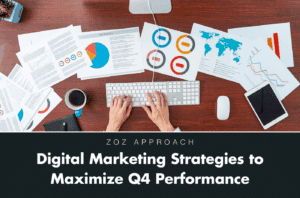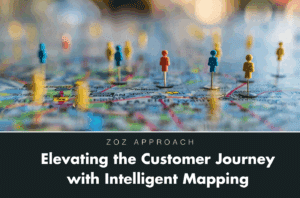This is the third article in a three-part series on AI prompting. You can find the first article here, where we covered the eight different types of prompts. In the second post, we focused on prompt templates.
What is Multimodal Prompts Optimization?
Multimodal Prompt Optimization refers to the process of enhancing and fine-tuning prompts used in AI models that handle multiple types of data inputs, such as text, images, audio, and more. This optimization is crucial for improving the model’s ability to understand and generate outputs that effectively integrate these different data types.
The goal of multimodal prompt optimization is to create prompts that better align the different modalities, such as text and images, to produce more accurate and contextually relevant results.
This is particularly important because as GenAI models evolve beyond text-based, we are seeing the need for more different prompting techniques. We are building on the text-based prompting that we have covered previously and adding a new set of novel multimodal techniques.
The Different Types of Multimodal Prompts
Here are five of the most common types of multimodal prompts that involve using multiple types of data (such as text, images, and audio) to guide AI models in generating outputs, applicable to a marketing agency:
Image-Text Prompts:
Description: This involves combining images with text to create a richer input for the model. The model processes the image and the accompanying text to generate a more informed output.
Marketing Example: Provide an image of a product along with a text prompt like “Create a social media ad that highlights the sustainability of this product.” The AI would analyze both the image and the text to generate a cohesive advertisement.
Audio-Text Prompts:
Description: These prompts combine audio input with text. The AI model processes the sound (e.g., a jingle or voiceover) along with the text instructions to generate an output.
Marketing Example: Using a product’s jingle along with the text prompt “Generate a catchy slogan that matches the tone of this jingle.” The AI would integrate the auditory elements with the textual content to produce a slogan that fits the brand’s auditory identity.
Video-Text Prompts:
Description: These prompts involve pairing video content with textual prompts to generate an output that considers both the visual motion and the text.
Marketing Example: A video showing a product in use, coupled with the text prompt “Write a YouTube video description that emphasizes the product’s ease of use and versatility.” The AI would process the video alongside the text to craft a description that aligns with the visual content.
Interactive-Chain Prompting (ICP):
Description: This technique involves using a series of interactive, sequential prompts that build on each other, often across different media types.
Marketing Example: The model would start with a customer testimonial video, followed by a prompt asking the AI to extract key quotes and then another prompt to create social media posts using those quotes in a visually appealing format. The model would process each step interactively, using the outputs from one step as the inputs for the next.
Duty Distinct Chain-of-Thought (DDCoT):
Description: A specialized prompt for tasks like image analysis, where the model breaks down the task into distinct duties or steps.
Marketing Example: Analyzing an image of a product packaging and generating a step-by-step marketing plan that emphasizes design elements, target audience, and distribution channels. The AI would systematically address each aspect by following the chain-of-thought process.
These types of multimodal prompts can greatly enhance the creativity and effectiveness of marketing campaigns by leveraging the strengths of different media formats to produce more nuanced and engaging content. This approach allows a marketing team to generate more tailored and impactful marketing materials by harnessing the combined power of text, images, video, and audio
Companies interested in learning more about how to adopt AI in their business can contact Zozimus. With our expertise in AI technologies and prompt optimization, we can help you harness the power of AI to transform your operations, improve customer engagement, and drive innovation. Reach out to us today to explore how AI can elevate your business to new heights.

David Wilson
EVP, Digital Marketing + Strategy
David has more than 20 years working in digital marketing, covering in-house for a variety of companies, agencies and running his own digital marketing company. He has worked on Fortune 500 clients in the Pharmaceutical, CPG, Financial Services, and Healthcare verticals.
David brings a passion for proven results to the Zozimus digital marketing team. When asked what he likes about his job, David says that “every day his team has metrics that they are trying to hit for clients. At midnight the scoreboard gets set back to zero and we either hit our goals or we didn’t.”
BOSTON, MARS



